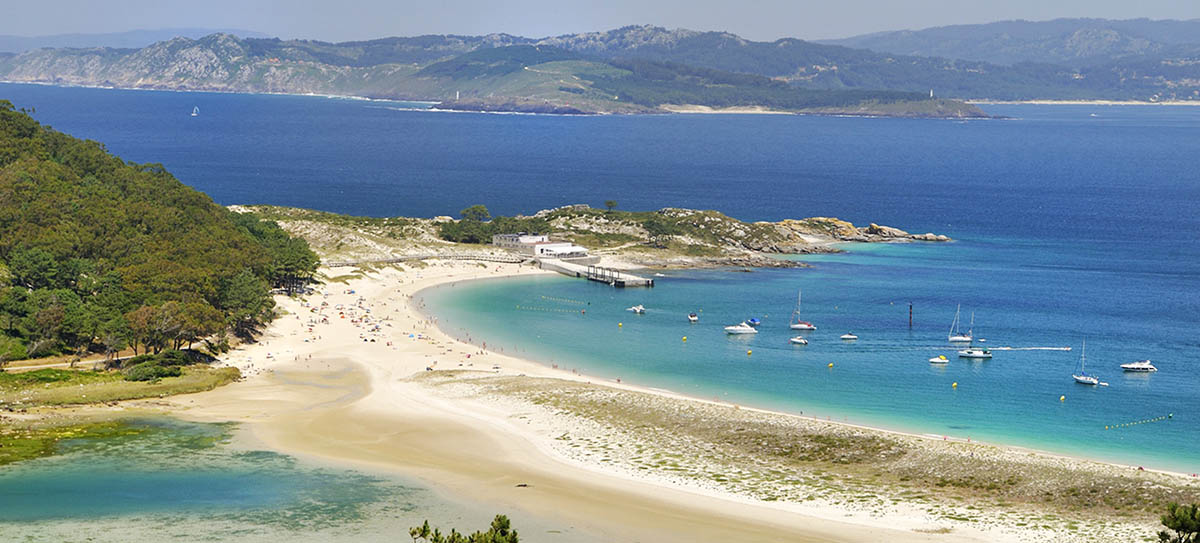
All the Galician islands more perfect are Cies Islands, a paradise, a picturesque postcard that attracts visitors from all over Europe. So much so that they were candidates to become a World Heritage Site.
Today in Actualidad Viajes see what to do in the Cíes Islands.
Cies Islands

In this archipelago formed by three islands, the Island of San Martino, the Island of Faro and the Island of Monteagudo. They are also known as Illa Norte, Illa do Medio and Illa Sur. They are islands that were formed at the end of the Tertiary period: part of the coast sank, penetrated the sea and shaped these islands.
Thus, the islands are actually the peaks of coastal mountains that were partially submerged. Is about mountainous islands, with fierce cliffs and many caves products of the constant erosion of the sea and the wind. The Isla do Faro is linked to the North Island by a sandbank known as Playa de Rodas, 1200 meters long, considered one of the most beautiful beaches in Spain.
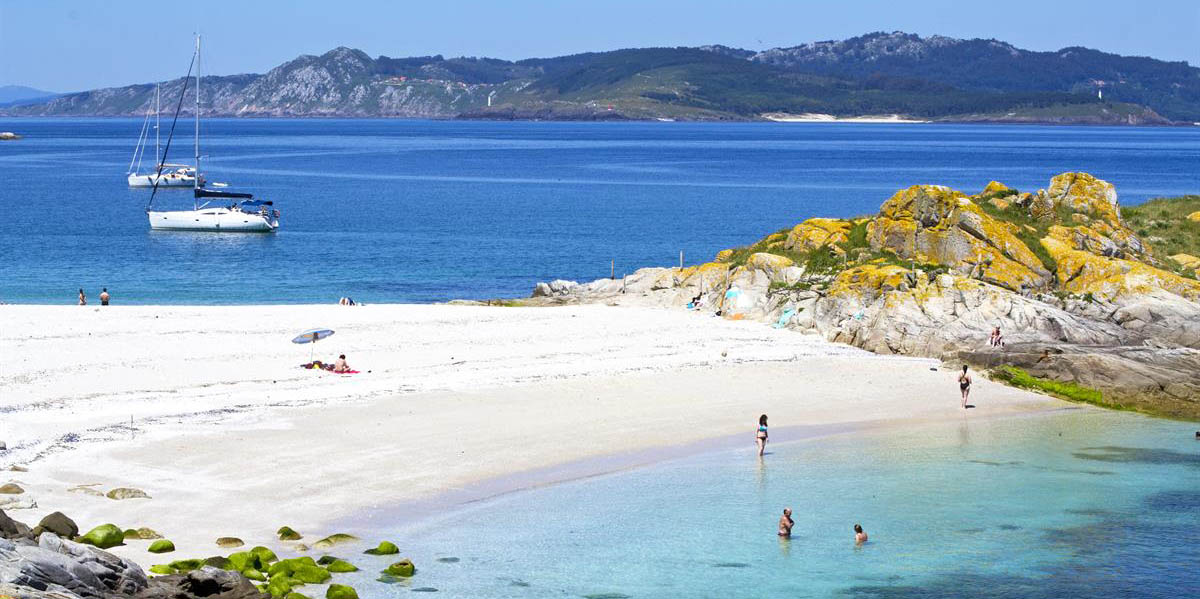
The Lighthouse Island has around 106 hectares of surface, the Monteagudo around 189 hectares, together, and the San Martino Island has an average of 145 hectares more or less. It is the southernmost of the group.
Since 1980 the Cíes Islands have been a natural park, but since 2000 they already make up the National Park of the Atlantic Islands of Galicia. This park is also made up of other islands. The underwater area that surrounds them is fantastic, with its forest of brown algae, for example, but it is not the only thing, both above and below the water the beauties and richness of marine flora and fauna increase.
Add in the annual visit of whales, sea turtles and dolphins and the list for success is complete.
What to do in the Cíes Islands
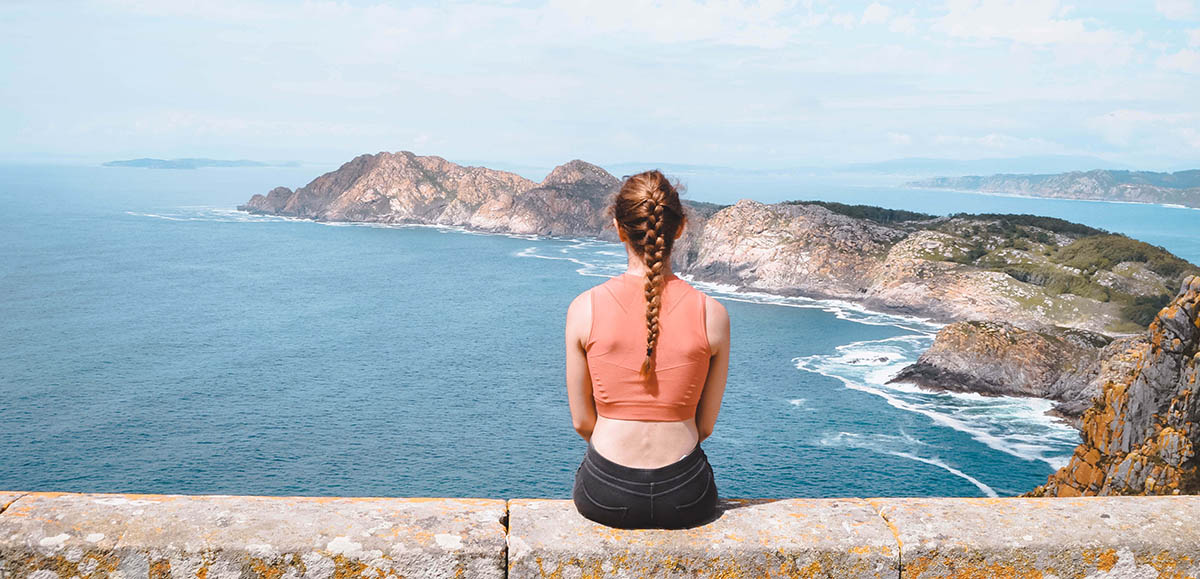
First you have to say that visits are limited in number so that tourism does not damage the ecosystem. So, especially in summer, you have to make reservations. Thus, you have to request a permit from the Xunta de Galicia through the web. Then you have to buy the boat ticket. Second, here you can basically enjoy nature both on land and at sea.
Let's start what can be done on land. There are four s to traverse:
- The Mount Lighthouse Route, which is the longest and most popular. It covers 7 kilometers in about two and a half hours. It is of medium difficulty. It has glorious views of the Baixo Miño.
- The Porta Lighthouse Route, less crowded than all but has the closest views of the sea. It is a short route of 5 kilometers, which can be done in an hour and a half of walking. It is of low difficulty and you can see the Freu da Porta Rocks and the San Martino Viewpoint.
- The Monteagudo Route, great if you like bird watching and the sea. It has great views of the cliffs of the Costa de la Vela and also crosses forests. It's a short but lovely trail and you can also get to the nudist beach from it.
- The Alto do Principe Route, the shortest and simplest, but with wonderful scenery of dunes, and cliffs. You can access the nudist beach of Figueiras. It is 3 kilometers.
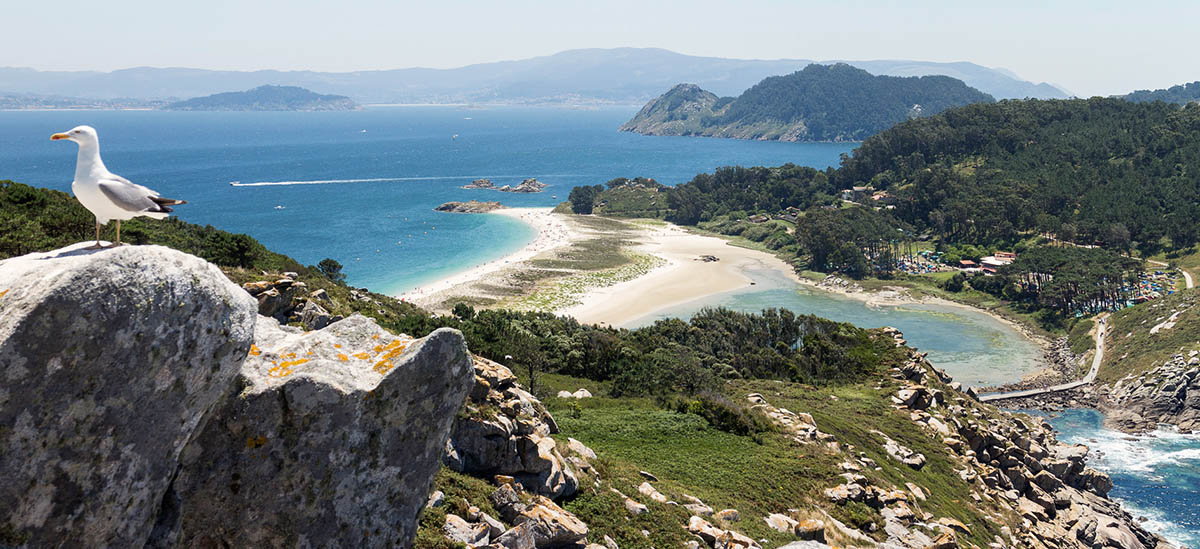
these roads allow you to see the sheer vertical cliffs, historic lighthouses and sea caves, but in addition to being made for nothing more than visual delight, these landscapes make you think that the world cannot be bad with such beauty... there are also beaches. These beaches are beautiful fine white sand and crystal clear waters. There are many coves to get lost alone.
Rhodes it is one of the most beautiful beaches, as we said at the beginning. the british daily The Guardian he knew how to classify it that way, and since it is formed by that sandbank that joins two of the three islands, a footbridge has been built to make it even more attractive. And there is also a sandbank, a protected area, and a lagoon called Lagoa dos Nenos. Is a organized and protected beacha, with the Red Cross present.
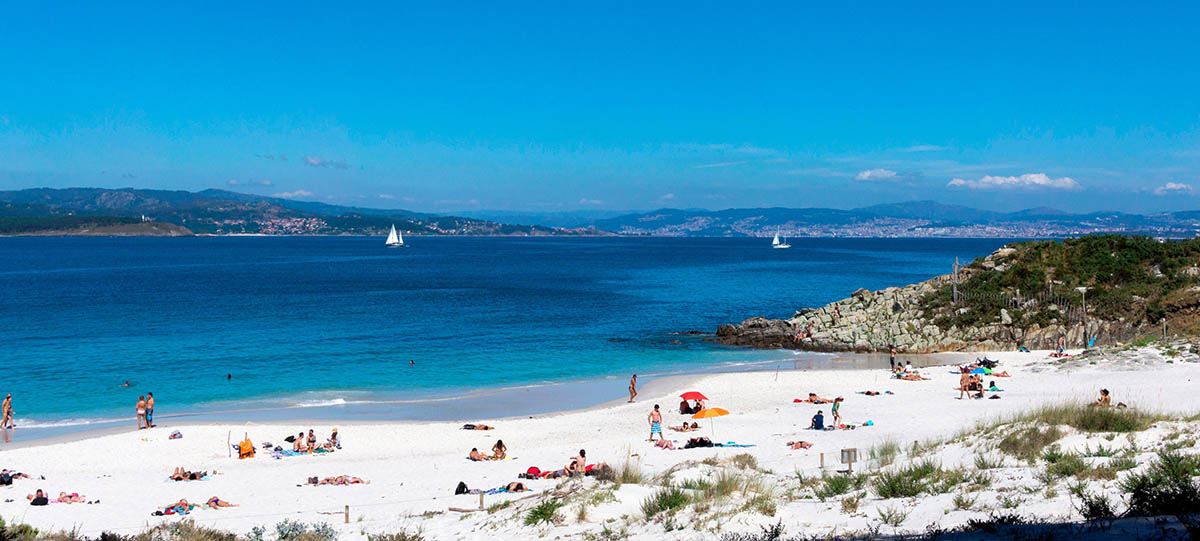
Now, On the Island of Monteagudo there are also two beaches, Figueiras and Area da Cantareira.. In Figueiras one can practice nudism and you can also get there walking from Rhodes, or by private boat. It is also on the Faro Island the Nosa Senora Beach, with crystal clear waters and a wonderful view of the island of San Martiño. Speaking of San Martino, here is a lovely beach, more unspoiled, but only accessible by private boat and by reservation.
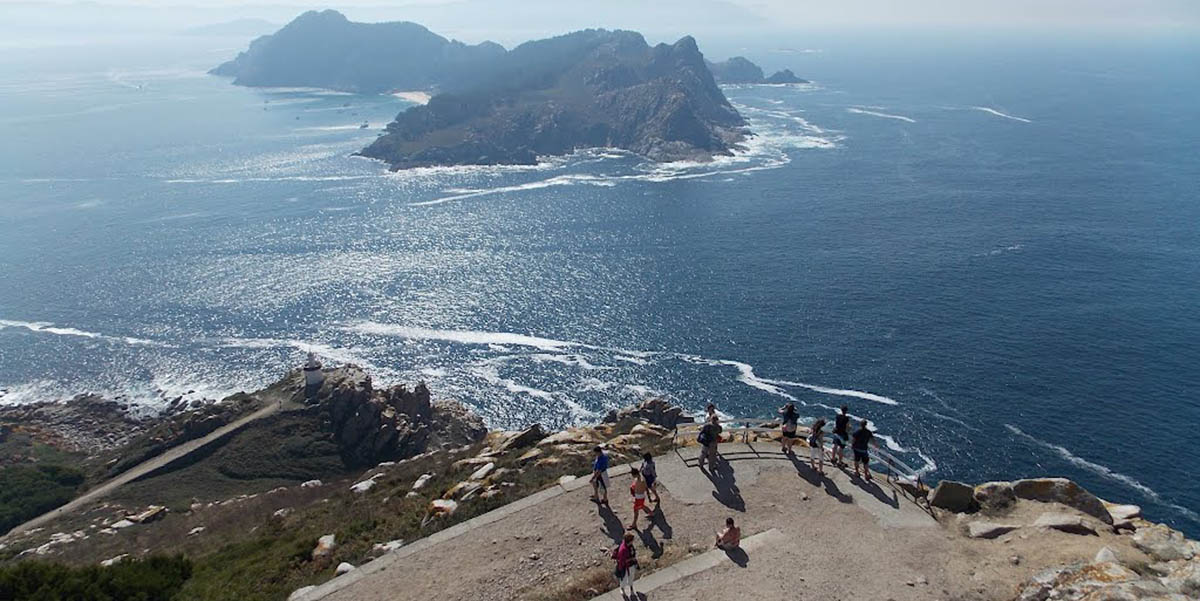
Promptly in Monteagudo you can visit the Lighthouse of o Peito and a beautiful sea cave called Furna de Monteagudo. And near this lighthouse, with views of Cape Home and the Vigo estuary, there is a beautiful bird observatory. Also, to the south, there is an eroded area with rocks that have the shape of cups and a throne called aptly, the Alto do Principe. The fall to the sea from here is impressive.
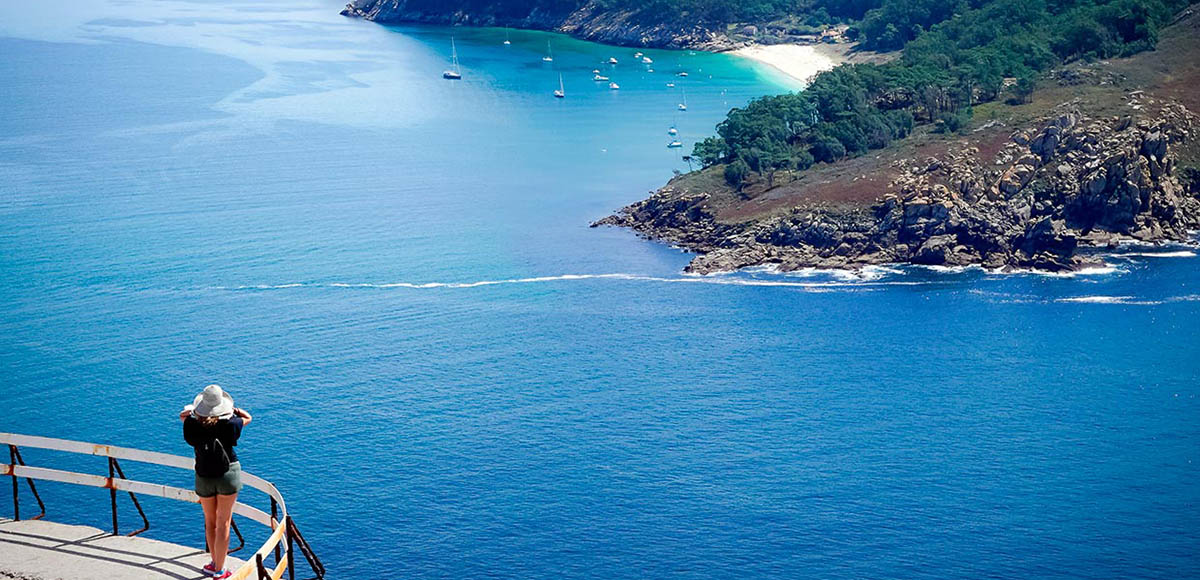
On Isla do Faro there is not one lighthouse but two: to the south, the Lighthouse of A Porta and the Faor de Cíes. They are almost 180 meters high and the views they offer are simply from another world. Now, we said that the islands are both beautiful above and below, so it is our turn to talk about their marine and underwater beauties.
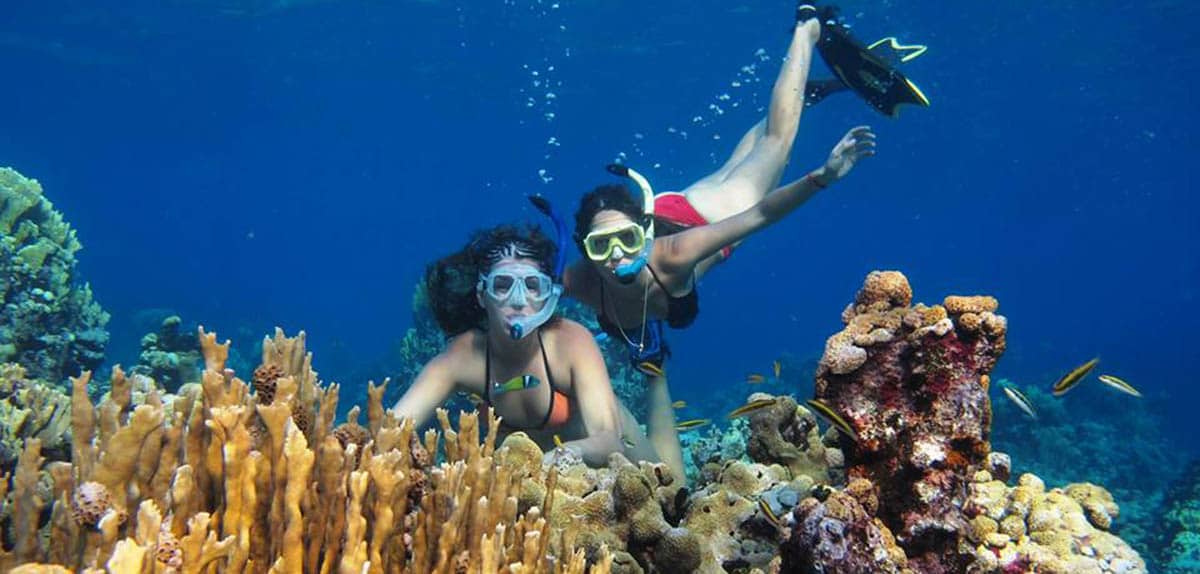
El Maritime – Terrestrial National Park of the Atlantic Islands of Galicia it is wonderful. These islands were once a refuge for pirates and today they are uninhabited so the only way to get there is by boat. That is why they are a beautiful natural park. here dwells the largest colony of seagulls in Europe, there are more than 200 types of algae, dunes and beautiful landscapes that must be preserved at all costs.
Finally, practical information to visit the Cíes Islands.
- How to get to the Cíes Islands? Only by sea. In high season there is a ferry that goes straight to the Monteagudo and Faro islands. If not, there is the private boat option with rates that vary according to date and season. No more than 20 euros per adult. The companies that provide this service are Nabia Naviera, Mar de Ons and Rías Baixas Cruises. You also need authorization that you must process at the Xunta de Galicia. With a decided date, it is requested through the web and the procedure can be done up to 45 days before. Of course, you have to buy the ticket within two hours of requesting the permit, otherwise it will be cancelled.
- Can you camp on the Cíes Islands? Yes, there is a campsite on the island of Faro, on the beach of Rodas. It occupies a space of 40 thousand square meters and has capacity for about 800 people. You can go with your store or reserve one. The minimum stay is two days and you can stay up to 15. There are showers, a supermarket, a telephone, a social room and a restaurant. But there is no direct light, although there is electricity to charge our devices.
- There are no rubbish bins so all the rubbish you generate has to be taken back.